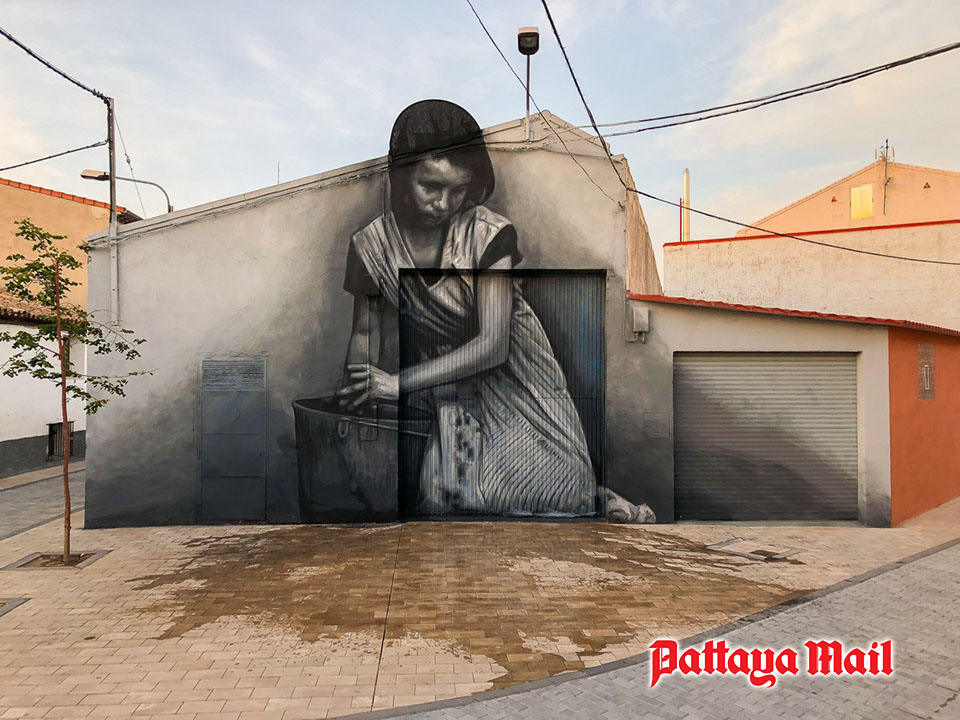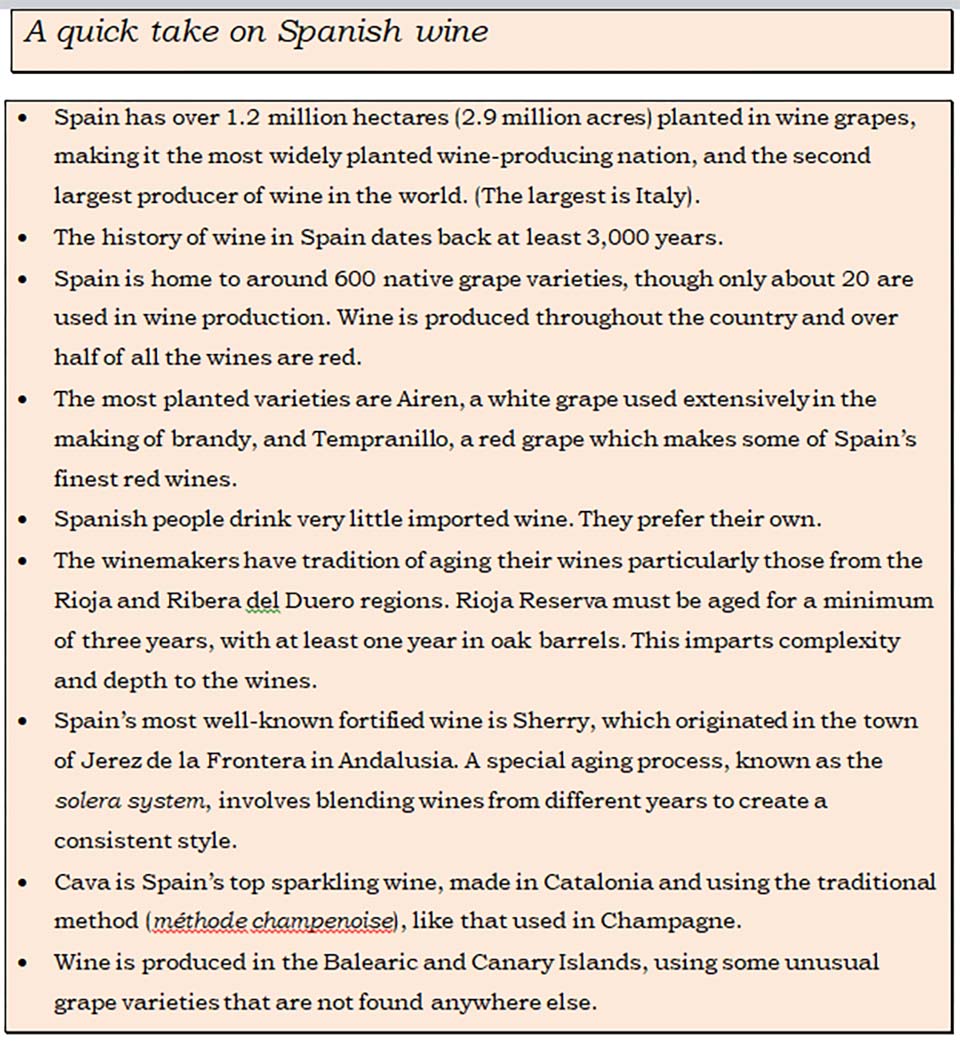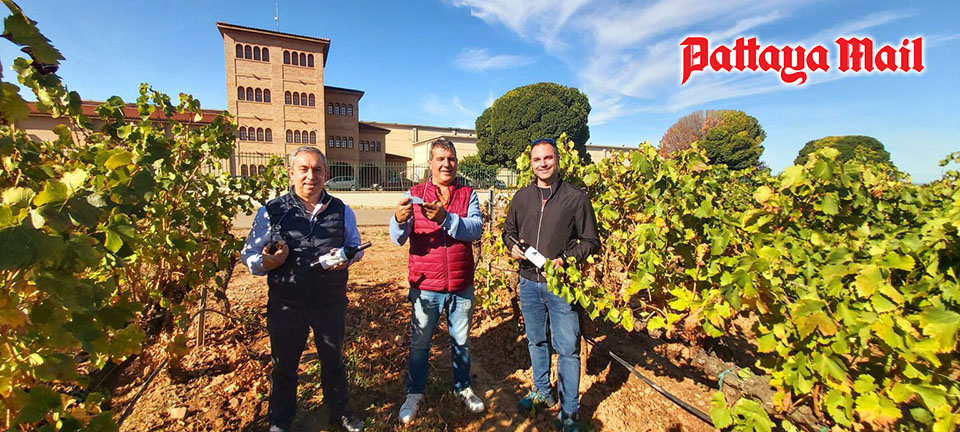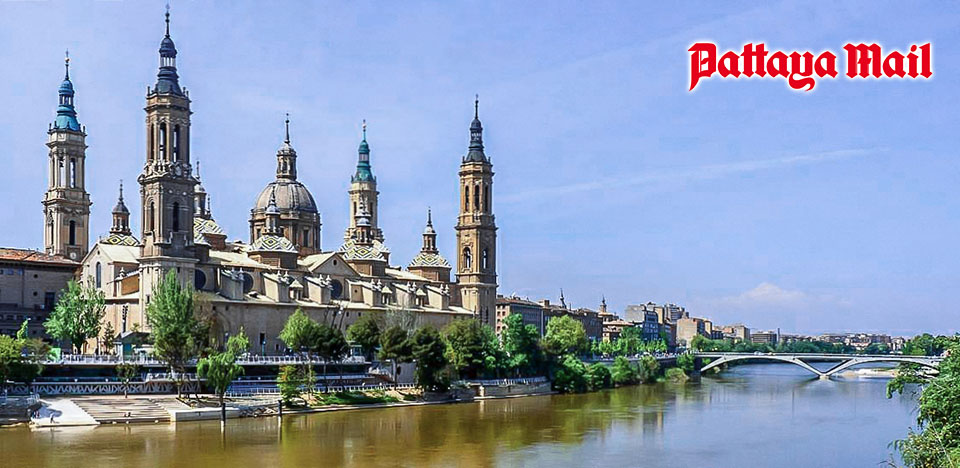
“In Spain, no matter if you make screwdrivers, at some point after you have saved a little money, the first thing you want to do is own a bodega. It is very important to the Spanish soul.”
So says Spanish winemaker Yolanda Garcia, quoted in Karen MacNeil’s impressive volume The Wine Bible, a book that should be on the shelf of every wine enthusiast. Karen MacNeil continues, “Spaniards talking about making wine use the verb elaborar to elaborate, not fabricar to produce or manufacture. To elaborate something, Spanish winemakers say, implies consciousness, time and the labour of creation and nurturance. It is different from mere production. More than at any other time in recent history, Spanish wines truly are being elaborated. After decades of passivity during which many of Spain’s wines seemed mired in mediocrity, the top Spanish winemakers have catapulted themselves to a new level of quality. A new golden age has begun.”
Many of the so-called “international” grapes are grown in Spain but the country also has an abundance of native grape varieties which are grown hardly anywhere else on earth. These include Bobal, Monastrell, Albariño, Parellada and the curiously named Xarel·lo.
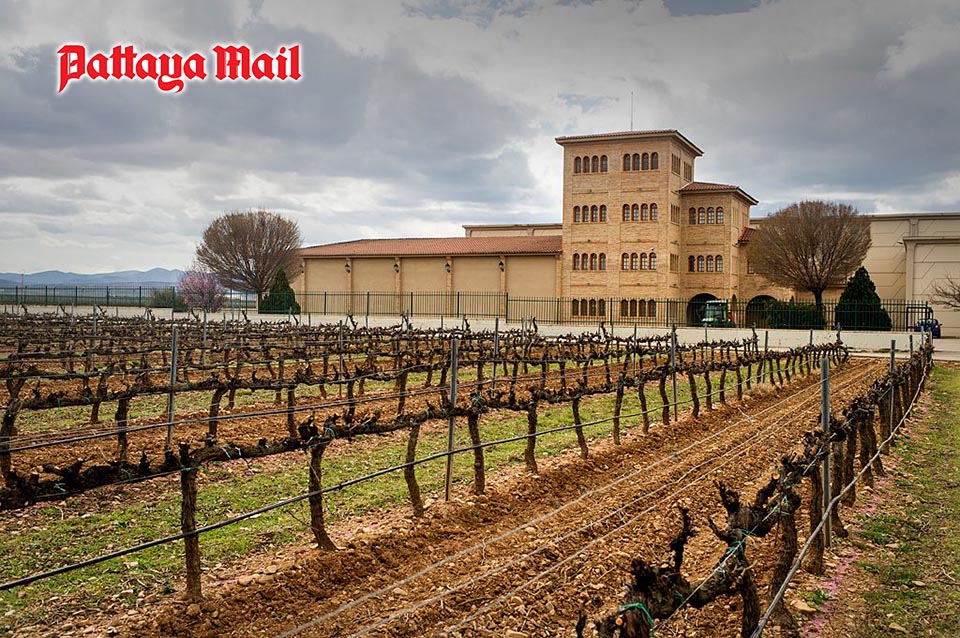
Esteban Martín Chardonnay-Macabeo 2021, (white) Spain ฿ 631.00 (+ VAT) @ Vines to Vino, Thepprasit Road, Pattaya.
The Esteban Martín family has always had a close relationship with the countryside. In 1985, Miguel Antonio Esteban bought 150 hectares of vineyards on the best land in the Cariñena region of northern Spain near Zaragoza. Every year, he acquired new plots of land, before building his own winery in 2003. Today the company has over 400 hectares of vineyards (that’s almost 1,000 acres) and has state-of-the-art facilities and technology. Like so many Spanish wineries, it’s a family concern and the day-to-day operations at the winery involve three generations of the family. The company’s imposing headquarters is in Alfamén; a pleasant small town which lies just off the A23 that runs from Zaragoza down to Valencia on the coast. Interestingly, the town hosts an annual urban art festival with international artists, for the purpose of promoting the arts in villages. During the festival, the artists mix with the locals and are encouraged to create murals for the town’s buildings.
The Cariñena region of Spain is among the oldest protected growing areas in Europe. In Zaragoza province, the vineyards are located near the centre of Aragón, about 35 miles southwest of Zaragoza city. The vines are grown at an altitude of between about 2,000 ft rising to 2,500 ft as they approach the Sierra de la Virgen mountains.
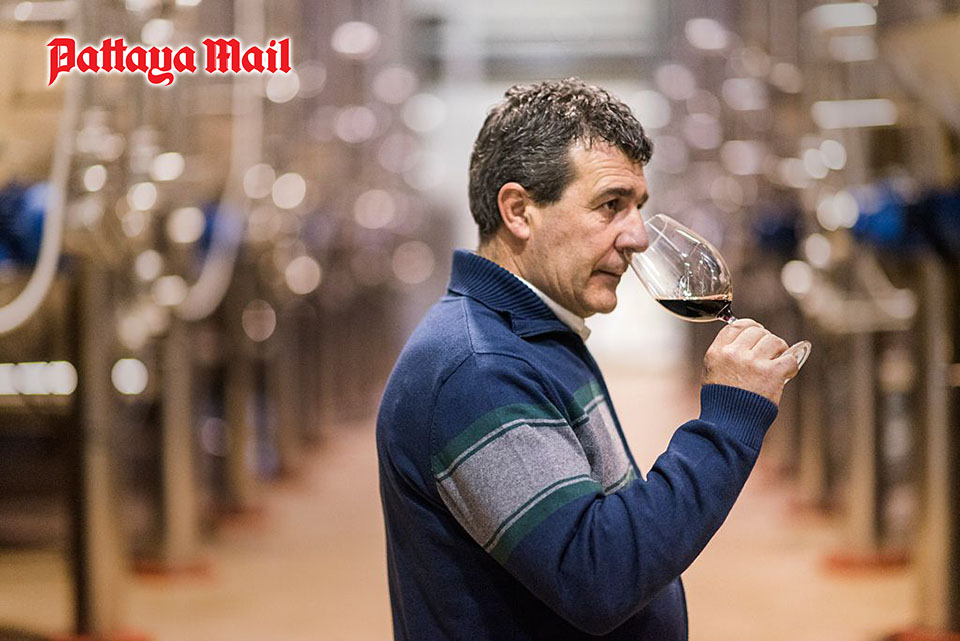
The wine is blended from two grapes; Chardonnay and Macabeo. Of course, you’ll recognise the name Chardonnay. Even my dogs know the name Chardonnay. But you may be unfamiliar with Macabeo (mah-cah-BAY-oh) a white grape which is widely planted in northern Spain and grown in only a dozen other countries. The name always reminds me of Handel’s oratorio Judas Maccabaeus, loosely based on the warrior hero and national liberator Judah Maccabee. Whether there is any direct connection between him and the Macabeo grape I have yet to discover, but it seems a bit unlikely.
Macabeo is also grown in the Rioja region of northeastern Spain where it’s known as the Viura. Elsewhere, it’s mostly used to make mildly acidic white wines usually for blending with other varieties. In Rioja, it’s sometimes blended in small amounts with Tempranillo and red Garnacha. Macabeo is traditionally blended with Xarel·lo and Parellada to make Cava, the Spanish version of Champagne.
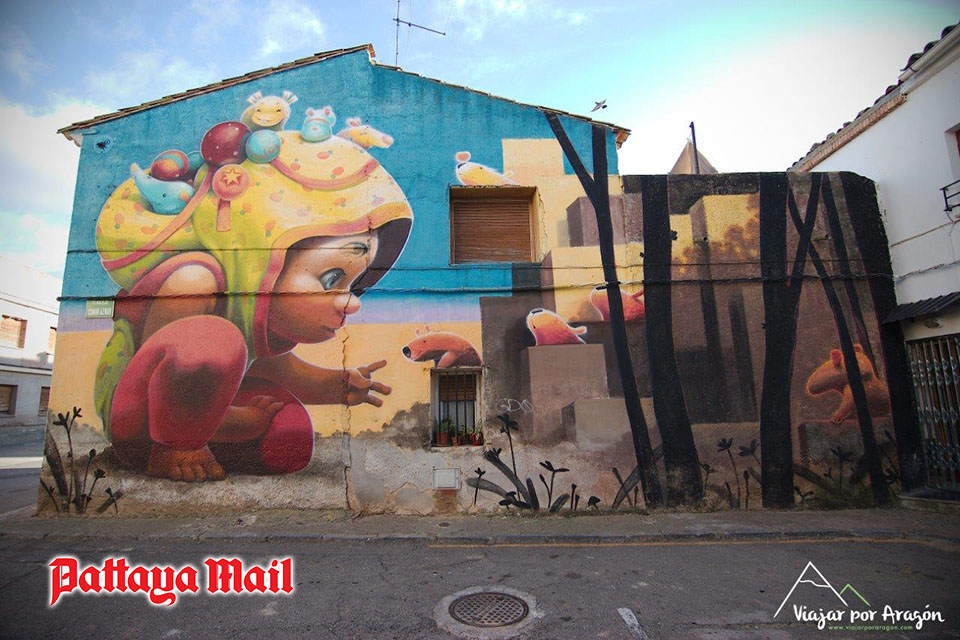
This wine from Bodegas Esteban Martín is an attractive bright golden straw-yellow, with a lovely assertive aroma that greets you as soon as you remove the cork. The aroma brings reminders of rich tropical fruit and mango; a distinctive aroma that comes as a surprise at this low price. (In the USA, this wine sells at around $8.00). At 13% ABV, the wine has a lively, spritzy kind of mouth-feel which almost feels effervescent. There’s plenty of fresh fruit on the palate, a light and harmonious body perfectly balanced with a touch of acidity. There’s also a surprisingly long finish, always a good sign of a well-crafted (or perhaps I should say “well-elaborated”) wine.
If you are a vegetarian, you might be taken aback to discover that most wine is made using animal products. The most common are egg whites, added to help remove tannins along with Casein (milk protein), Gelatin (beef collagen) and Isinglass (fish bladders). However, this particular wine is vegan-friendly, which means that none of these ingredients are used in its production. Even so, the makers ironically suggest that you could drink it with fish and seafood, pasta salad, sushi, Thai cuisine, vegetarian dishes and poultry dishes with cream sauces. This is splendid value for money and to my mind would make a delightful apéritif, assuming you can still afford to have a glass of wine before dinner.
